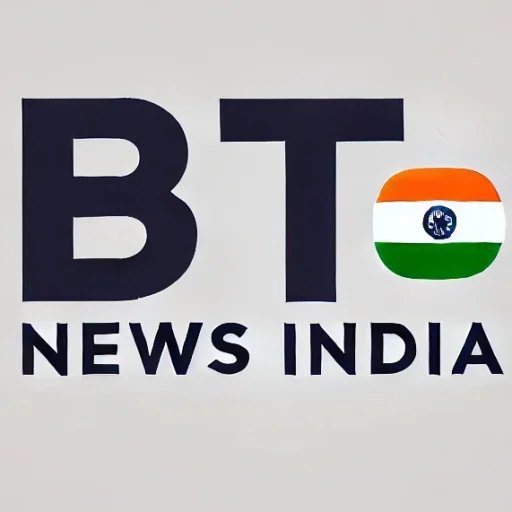Instant, Secure Payments in Ringgit for Over 1 Million Annual Visitors – Goodbye Cash, Hello Seamless Cross-Border Shopping and Dining
Published on: November 17, 2025
By: BTNI
Location: Mumbai, India
In a major boost for India’s booming outbound tourism and digital economy, Indian visitors to Malaysia can now make seamless payments using the Unified Payments Interface (UPI) thanks to a landmark partnership between the National Payments Corporation of India International Payments Limited (NPCI IPL) and Razorpay’s Malaysian arm, Curlec. Announced earlier this month, the integration is already rolling out, allowing travelers to pay local merchants instantly via their favorite UPI apps like Google Pay, PhonePe, or Paytm – with settlements in Malaysian Ringgit (RM) happening in real-time.
The collaboration, formalized at the Global Fintech Fest 2025 in Mumbai, marks UPI’s latest global expansion and Razorpay’s first cross-border UPI venture. It comes at a perfect time, with over 1 million Indians visiting Malaysia in 2024 alone, spending more than ₹11,000 crore – a staggering 71.7% jump from the previous year. By ditching cash or pricey international cards, this move slashes foreign exchange fees, boosts transaction speed, and enhances security for everyone involved.

How It Works: From QR Scan to Instant RinggitThe process is as straightforward as a chai stall payment back home:Spot the UPI QR Code: Malaysian merchants on Curlec’s platform (think street food stalls in Penang, duty-free shops in KLIA, or boutique hotels in Langkawi) will display UPI-compatible QR codes. Scan and Pay: Indian users open their UPI app, scan the code, enter the amount in INR (auto-converted to RM), and authenticate with UPI PIN. Lightning Settlement: Funds hit the merchant’s account in RM within seconds, with zero extra integration hassle for businesses.
Ritesh Shukla, Managing Director and CEO of NPCI IPL, hailed the tie-up as a “major step in enabling UPI acceptance in Malaysia,” adding, “UPI has transformed the way India pays, setting a global benchmark for speed, security, and interoperability. This will allow millions of Indian travelers to pay with the same convenience they have at home, while enabling Malaysian merchants to benefit from a trusted payments network.”
On the Malaysian side, Kevin Lee, Country Head and CEO of Razorpay Curlec, emphasized the tourism angle: “Indian travelers represent one of the fastest-growing visitor groups to Malaysia, yet many still rely on cash or face high fees when using international cards. By enabling UPI payments, we will make it easier for them to spend and easier for Malaysian businesses to earn.”
Shashank Kumar, MD and Co-founder of Razorpay, echoed the excitement: “UPI has totally changed the way India pays… Now, with Curlec, we’re bringing that same energy to Malaysia – helping businesses and travelers enjoy the speed, trust, and simplicity that make India’s digital payments so powerful.”
UPI’s Global Conquest: Malaysia Joins the Growing ClubThis isn’t UPI’s first rodeo abroad. Since its international arm (NIPL) started exporting the tech in 2020, UPI has powered payments in the UAE, Singapore, France, and even Nepal – processing over 20 billion transactions in India alone last September.
Also read- https://www.btnewsindia.com/no-opening-day-paddy-procurement-in-surgi-and-bherregaon-farmers-question-government-preparedness/ https://www.btnewsindia.com/bjp-workers-celebrate-ndas-historic-bihar-victory-at-manav-mandir-chowk/.
The Malaysia rollout aligns with both nations’ digital agendas: India’s push for a $1 trillion digital economy and Malaysia’s goal to digitize 80% of its payments by 2025.For merchants, it’s a win-win – tapping into India’s 500+ million UPI users without forex headaches. Early adopters include tourism hotspots like Kuala Lumpur’s malls, Johor’s night markets, and Sabah’s eco-resorts.
Curlec, already a payments powerhouse in Southeast Asia, will handle the backend, ensuring compliance with local regs like Bank Negara Malaysia’s standards.Why This Matters: Beyond Convenience, It’s Economic GlueWith bilateral trade hitting $15 billion in 2024 and flights multiplying post-COVID, this partnership cements India-Malaysia ties.
It reduces remittance friction for the 3 lakh-strong Indian diaspora in Malaysia and could inspire similar deals in Thailand or Indonesia. As Angad Dhindsa, Razorpay’s Executive Director for Southeast Asia, put it: “By integrating India’s UPI system with Malaysia’s digital economy, we’re driving innovation that empowers businesses and consumers alike with instant, secure, and cost-effective payments.”
Indian travelers, rejoice: Your next mamak stall roti canai or Petronas Towers souvenir just got a whole lot easier (and cheaper) to pay for. UPI in Malaysia isn’t just coming – it’s here, revolutionizing wallets one scan at a time. Safe travels, and selamat pagi to frictionless fintech!




